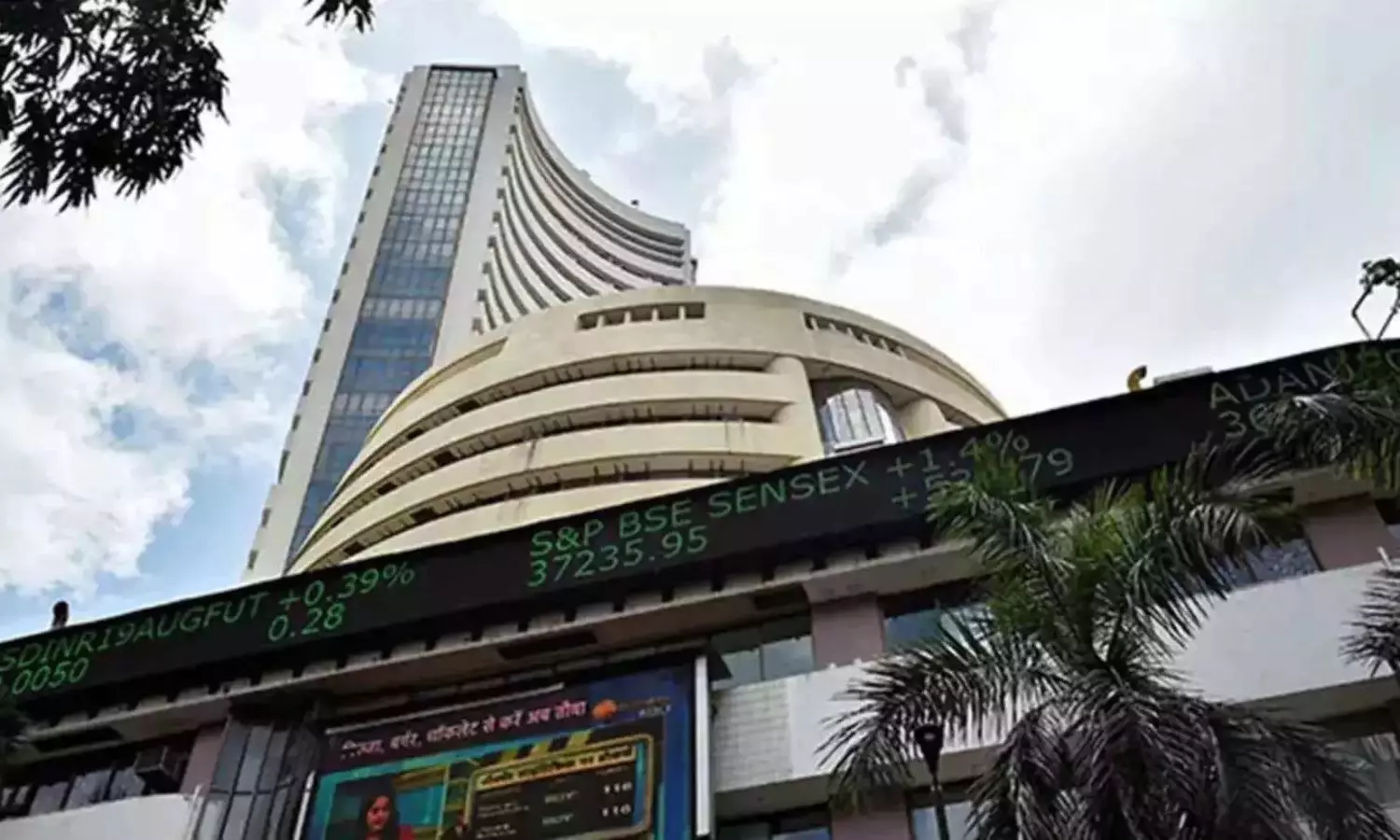Nifty50 and Indonesia’s Jakarta Composite struggle as worst performers in emerging markets
Nifty50 and Jakarta Composite struggle as worst performers in emerging markets

The Indian stock market took a significant hit on Monday, with benchmark indices falling over 1% each, reaching their lowest levels in eight months. The decline, amounting to a loss of ₹4,34,579 crore in investor wealth, occurred on a day of low trading volumes. The total turnover on the NSE was ₹71,947.32 crore, the lowest in nearly four months, amplifying the market’s volatility and exaggerating price swings.
Foreign Institutional Investors (FIIs) continued to pull out investments, selling a net ₹6,286.70 crore worth of stocks, while Domestic Institutional Investors (DIIs) made net purchases of ₹5,185.66 crore. The Nifty50 closed at 22,553.35, down 1.06%, and the BSE Sensex ended 1.1% lower at 74,454.41. The broader market also saw declines, with Nifty Midcap 100 down by 0.9% and Nifty Smallcap 250 dropping 1.2%.
This marks the fifth consecutive day of market downturn, with global uncertainty and domestic economic challenges contributing to investor concerns. Over the past three months, the Nifty50 has been the second-worst performer among emerging markets, losing 5.6%, only trailing Indonesia’s Jakarta Composite, which dropped 6.2%.
Challenges Facing the Market
The market downturn has created a noticeable gap from record highs. The Nifty Smallcap 250 is trailing 22% below its peak, while the Nifty Midcap is 18% behind. The headline indices are also off their historic highs, with the Nifty50 down 14% and the Sensex 13% lower.
Experts point to stretched valuations, weak corporate earnings, and subdued demand as significant concerns. According to Nuvama analysts, demand remains a key challenge due to global recovery uncertainties, weak household incomes, and slow credit growth. Corporate capital expenditure (capex) remains subdued, and fiscal and monetary policies have yet to become accommodative.
Saurabh Mukherjea, founder of Marcellus Investment Managers, expressed concerns about high valuations and slowing corporate earnings. Despite the recent correction, he believes the market remains pricey, especially as discretionary spending slows down.
Valuation and Market Outlook
Currently, the Nifty50 is trading at a price-to-earnings (P/E) ratio of 21.06, below its five-year average of 23.91. Similarly, the Sensex’s P/E ratio is 22.07, compared to its five-year average of 25.34. Analysts suggest that the upcoming semi-annual index reshuffle on March 28, 2025, could slightly inflate the Nifty50 P/E ratio due to the replacement of Bharat Petroleum (BPCL) and Britannia with Zomato and Jio Financial Services, which have higher P/E ratios.
While some experts caution about the stretched valuations, others remain optimistic about the long-term outlook for Indian markets. Sumit Jain, Deputy CIO at ASK Investment Managers, noted that factors such as global trade instability and weak corporate profit growth are contributing to market uncertainty. However, he remains bullish on India's growth potential over the long term, despite the near-term volatility.
Looking Ahead
To reverse the current downtrend, Nitin Raheja, Executive Director at Julius Baer India, believes that a rebound in corporate earnings will be crucial. Large-cap stocks are seen as a safer investment bet in the short term, while mid- and small-cap stocks may face more challenges.
Anirudh Garg, Partner and Fund Manager at Invasset PMS, observed that despite the overall market decline, the broader market did not experience a sharper fall, indicating that some investors are beginning to dip into small- and mid-cap stocks.
Neelesh Surana, CIO at Mirae Asset, is optimistic about the potential for stabilization in GDP growth, earnings, and markets in the coming quarters, driven by increased government capex and improvements in agricultural output and consumption.
As the markets continue to navigate through a challenging phase, investors are advised to remain cautious amid weak earnings and macroeconomic uncertainties. However, the long-term prospects for the Indian market remain promising, with recovery potential as corporate earnings improve and macro conditions stabilize.

